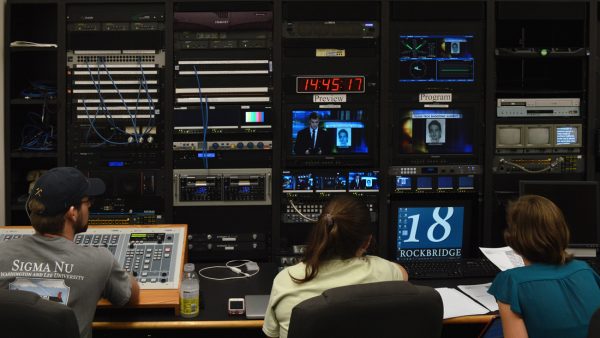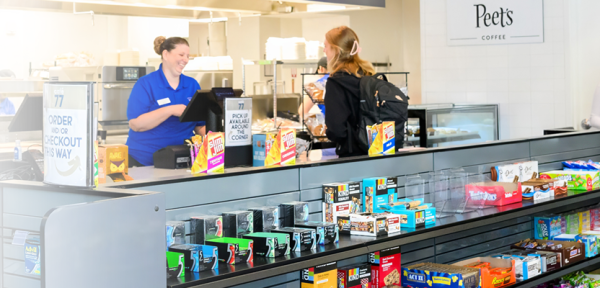The significance of the first all-female spacewalk
The act itself is revolutionary, writes Brianna Hatch, ’23
November 4, 2019
An actress. A veterinarian. An author. A teacher, a doctor, a lawyer, a fashion designer — but not just any fashion designer.
As my hallmates and I reminisced on our childhood career ambitions, bonding over shared dreams of being famous or writing novels or performing surgeries, one answer was so unconventional that we all couldn’t help but laugh. As a six-year-old, my hallmate wanted to be a space scientist. But, she also wanted to be a fashion designer. Her solution? Design spacesuits for women.
Fast-forward 13 years: In March 2019, NASA was supposed to make history with the first all-female spacewalk. Anne McClain and Christina Koch were prepped, more than qualified and ready to go—except they never did. Why? Because they both needed spacesuits with a medium torso, and NASA did not have them available.
If a six-year-old girl could have solved that problem or discovered the missing link in the aerospace industry, then why did it take so long for the actual aerospace industry to figure it out?
On Oct. 18 2019, the first all-female spacewalk (finally) did occur. Christina Koch returned, partnered with Jessica Meir, to emerge out of the International Space Station and replace a power controller—while simultaneously breaking through the glass ceiling into space. The spacewalk took seven hours and 17 minutes, but its legacy will have a lasting impact.
The act itself is revolutionary. But what it reveals is much darker—a history of sexism in space programs and the work that must still be done to change that.
The percentage of women in aerospace has remained relatively steady for over 20 years, at a high mark of 25 percent, according to Forbes. And according to the New York Times, of 38 active astronauts working for NASA, only 12 are women. While NASA claims the number of females in the aerospace industry is increasing, that this spacewalk was bound to happen and not even purposefully planned, the progress is not enough. We can see that clearly since the spacewalk NASA did try to plan could not occur due to a lack of necessary equipment for the women on the job.
The aerospace industry, like many others in the STEM field, was designed only with men in mind, or at least with a majority-male workforce in mind. These industries need a wake-up call, however—women are taking the lead, independently, and a lack of suitable equipment is not a valid excuse for holding them back.
But the problem does not stem only from the industries themselves. It comes primarily from the stigma that still exists, the shock factor that is still associated with any time a woman does something that society has deemed to be reserved for men.
President Trump called the all-female spacewalk “the first time for a woman outside of the space station”—and boy, was he drastically wrong. Meir corrected him kindly, stating that she is the fifteenth woman to do a spacewalk, the first having been done in 1984 by Kathryn Sullivan (19 years after the first male spacewalk, of course).
Trump’s blatantly incorrect statement reveals the deep-rooted sexism that still follows women in STEM professions. He assumed Koch and Meir were the first women ever to do a spacewalk—why? Because he had never heard of women doing so before? Because he was shocked that women could do what has historically been a male job—and what has societally been designated as such?
These stigmas need to be redefined and the professional roles need to be recast. The good news, especially for the aerospace industry, is that the presence and power of women is becoming more difficult to ignore with each success, each victory and each day. Koch, for example, is mere months away from breaking the record for the longest single spaceflight by a woman, totaling to 328 days upon her scheduled return in February.
As newspaper headlines, research results, record books and doctorate degrees become plastered with women’s names and sealed with their diligent work and intelligence, it becomes undeniable that women have a place in every professional field.
Here’s to a future where young girls can truly grow up to be whatever they want to be—from a doctor to an aerospace fashion designer, and everything in between.












